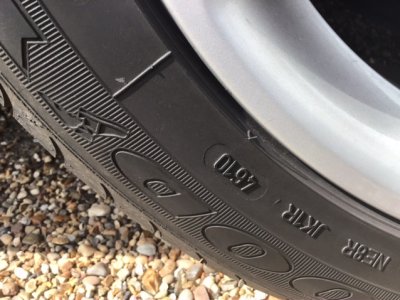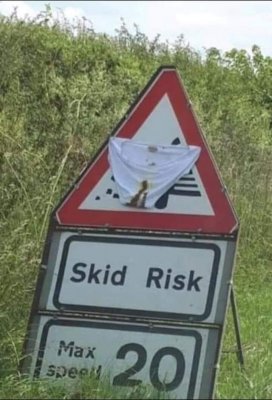SlimJim
Active Member
- Joined
- Mar 28, 2003
- Messages
- 244
- Location
- Glasgow
- Car
- Mercedes E220 AMG Sport 2015 W212, Honda Civic Type R 2010
My two rear tyres were the original tyres, made 6 years ago, although car is 5 yr old. Last week noticed a significant drop in pressure after a good run previous day. Significant pressure drop every second day during the week. Bought 2 new Michelin PS4 and had them fitted this morning. I was intending to change them within next 2 months, prior to service / MOT.
Tyre fitter showed me the reason for pressure drop. All around the inner face, was 25-30mm cracks. Probably due to a mixture of ageing and low mileage. Other tyre had similar but not as many cracks.
Worth noting for older, low mileage tyres to have them checked.
I guess the recommendation to change at 5 yr old is not without reason.
Tyre fitter showed me the reason for pressure drop. All around the inner face, was 25-30mm cracks. Probably due to a mixture of ageing and low mileage. Other tyre had similar but not as many cracks.
Worth noting for older, low mileage tyres to have them checked.
I guess the recommendation to change at 5 yr old is not without reason.



